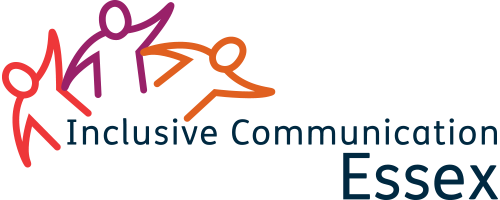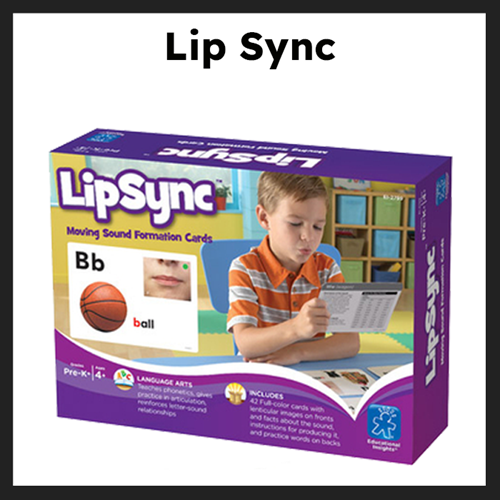
Available today: 2
LipSync
See the mouth in the photographs actually move to form sounds. Features 42 cards with real-life photographs that students tilt slowly in order to see the mouth move as it forms the sounds most commonly taught in school. Supports phonics (letter-sound relationships), speech and language skills in early readers, English language learners and students working with a therapist or remedial instructor. Provides word lists and child-friendly language explaining how to form each sound Includes Teacher’s Guide with activity ideas.
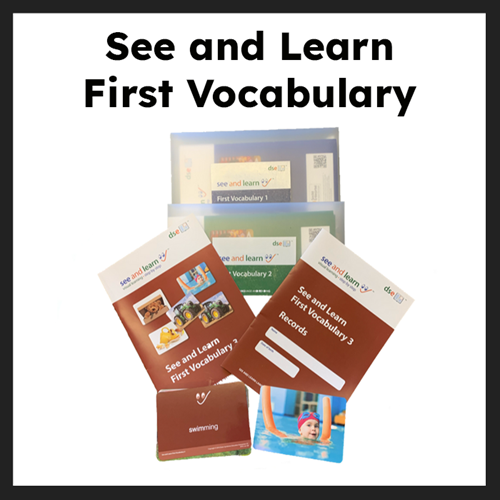
Currently out of stock
See and Learn First Vocabulary
The pictures provide visual support for teaching spoken language. New words are introduced steadily and taught through a sequence of 4 simple looking, matching, selecting and naming activities. The vocabulary taught is selected from the words most commonly learned first by most children.
Vocabulary is presented in 3 stages, available to borrow separately.
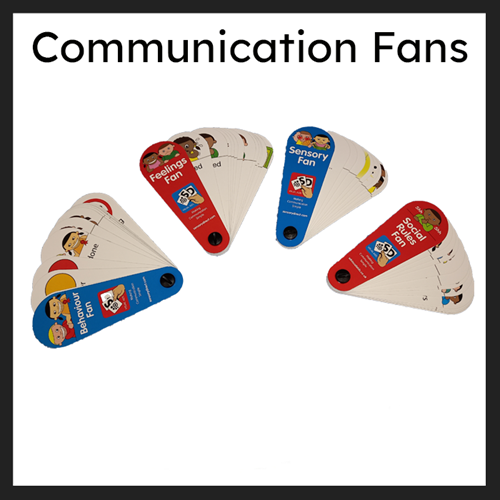
Available today: 3
Communication Fans
These simple to use visual aids assist young children important concepts for their learning and development.
They come in 4 editions:
- Behaviour
- Feelings
- Sensory
- Social Rules
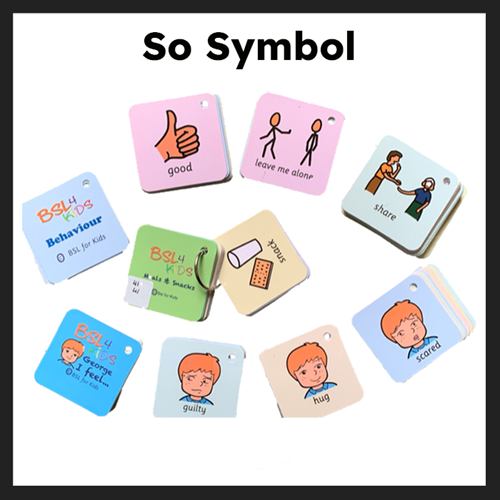
Available today: 1
So Symbol Cue Cards
6cm x 6cm cue cards using PECS symbols to support choice making. Each set includes symbols for a particularly subject area. Sets available:
1 x Snacks and Meals
1 x Feelings
1 x Behaviour
1 x Instructions and Behaviours
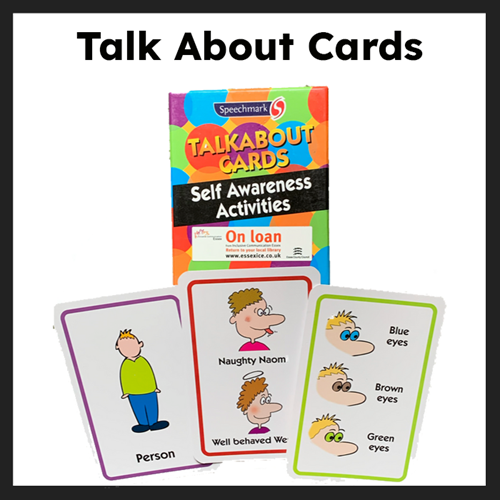
Available today: 1
Talkabout Cards
20 games that can be used within a group setting to help self awareness.
This collection of games can be used to enhance a social skills activity or as warm up and finishing games. They are all fun, quick, easy to play and use the familiar Talkabout drawings for visual cues.
Contents: 20 group games.Each game card includes instructions for playing the game and colour coding to show which cards are best to use. A lot of the activities can be made easier or harder by increasing or decreasing the number of cards. 50 illustrated cards.
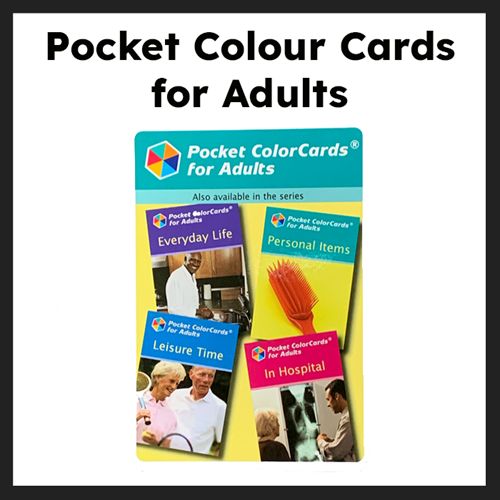
Available today: 7
Pocket Colour Cards for Adults
Pocket Colour Cards for Adults are a simple yet effective aid for carers & professionals who work with elderly individuals with cognitive loss, or communication difficulties.
Each set includes photographic flashcards that provide clear and appealing images of the most common activities over a range of topics. They may help communication by developing vocabulary, starting conversations and encouraging independence. 4 topics are available:
2 x Everyday life
1 x Personal items
2 x Leisure time
3 x In hospital
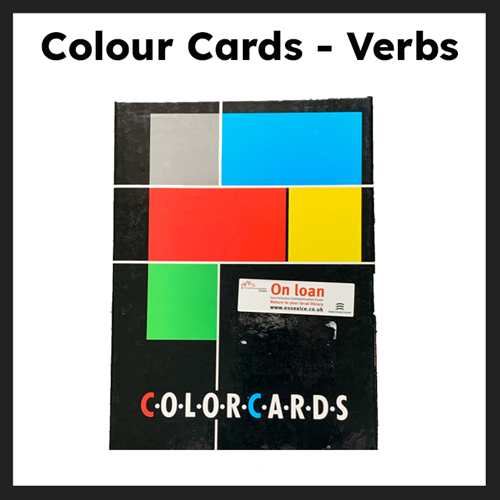
Available today: 2
Colour Cards - Verbs
This pack of photographs has been designed in response to the need for realistic, flexible and colourful visual aids for language and many associated used. The verbs shown relate to common experiences and have been selected for use with a wide range of ages and abilities. ColorCards are a valuable resource for individuals and groups for:
- Developing verbal understanding
- Improving communication ability
- Stimulating a range of cognitive skills
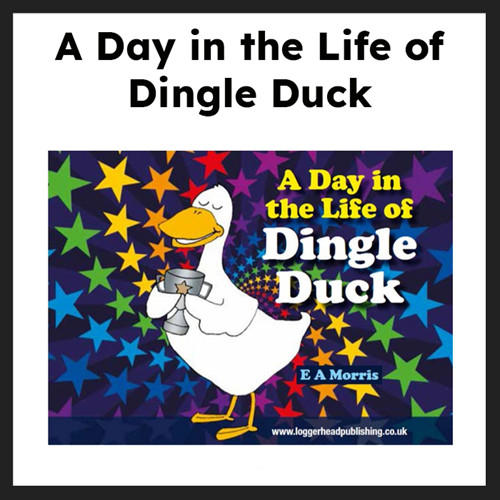
Available today: 1
A Day in the Life of Dingle Duck
Meet Dingle Duck, a charming character who encounters all kinds of emotional situations, from a happy birthday surprise to an annoying time when another duck knocked over his tower of bricks. These drawings act as prompts for discussions in Circle Time or one-to-one time so that children can safely explore the emotions involved in everyday situations. Building up a good emotional vocabulary and emotional awareness is an important first step for young children as they develop social, personal and behavioural skills. This resource, developed by specialists in this field, will give early years’ practitioners an excellent tool to enhance their work in this vital area of child development.
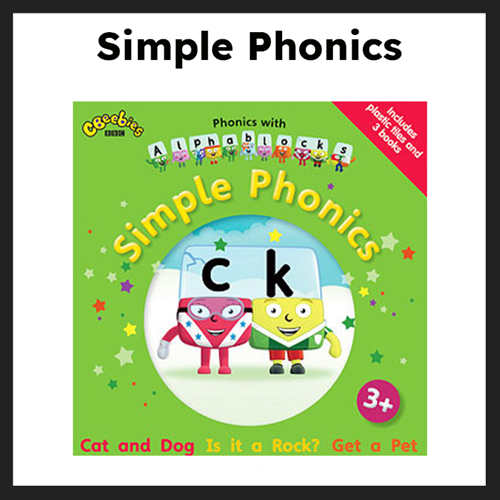
Currently out of stock
Simple Phonics
Today, children are taught to read using phonics, which is all about the sounds that make up words. Children start by learning the letters and the sounds they make, and how to put them together to make and read simple words. Then they learn how letters combine to make new sounds (such as SH), and move on to longer words and new reading skills.
This guide is especially for parents to explain how phonics work and we've made these short videos to help you help your child learn to read.
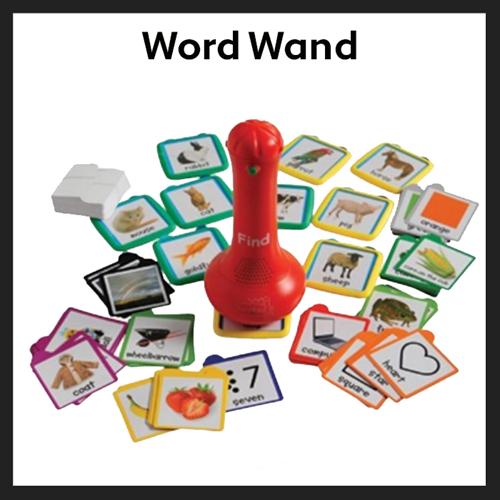
Available today: 1
Word Wand
Record your voice on the Word Wand then it randomly calls out the words for children to match the correct picture pod.
It creates a nice sound when correct and a blast when incorrect. Aides in developing speaking, listening skills, and early letter/word recognition.
Use 10 target picture pods at one time from a 100 picture cards in categories such as shapes, colors, animals, house, etc.
Includes blank cards to create your own.
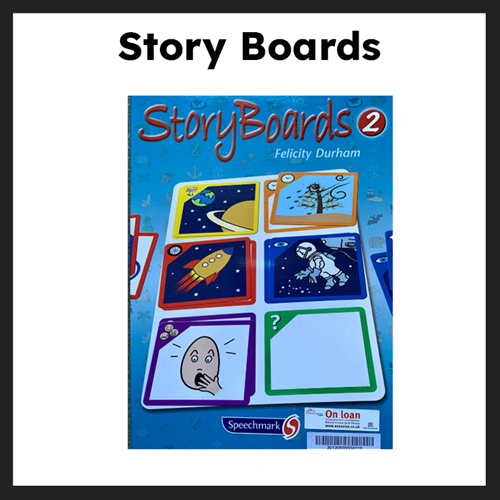
Available today: 5
Storyboards
StoryBoards is a simple and fun game resource to help children with language and communication difficulties develop their narrative skills. Using game boards and colourfully-illustrated picture cards, StoryBoards helps children to visualise and practise telling a story through identifying the essential elements, how these should be sequenced and providing a basic vocabulary.
There are 6 story elements colour coded for ease of identification:
- Location
- Time
- Transport
- Object
- Feelings
- Weather
By picking story cards from the different sets, stories can be silly or sensible and children can either stick with their choices or negotiate for a change, which encourages discussion and reasoning. For example, if a child is going to the zoo, would they travel there in a submarine?
Hugely flexible, other activities include: Throwing a story; Lotto; Vocabulary ladders; and Asking questions. StoryBoards can also be used for news time; preparation for visits or holidays; and narrative development.
A structured and accessible resource, StoryBoards is ideal for use with individuals or groups by teachers, speech language therapists and teaching assistants working with young children. It can be easily incorporated into classroom activities and relates directly to the English National Curriculum Key Stage 1 and 2.
Ages 4-11
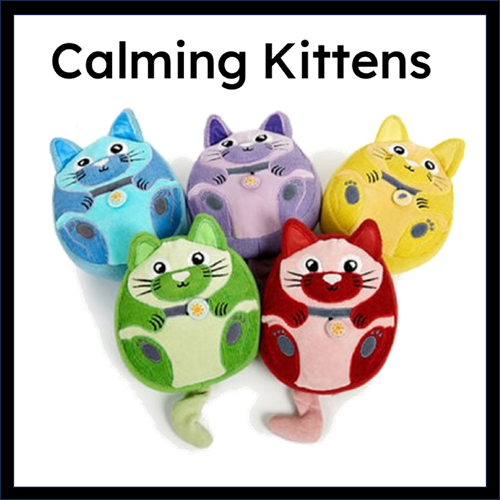
Available today: 1
Calming Kittens
TTS Calming Kittens offers young children in early years and KS1 a toolkit to understand and manage their emotions.
This box contains 5 plush kittens in 5 different colours, depending on the activity card set.
- Instructions (purple)
-
Singing cards (green)
-
Chanting cards (yellow)
-
Repetitive Actions cards (violet)
-
Exercise cards (red)
-
Breathing cards (blue)

